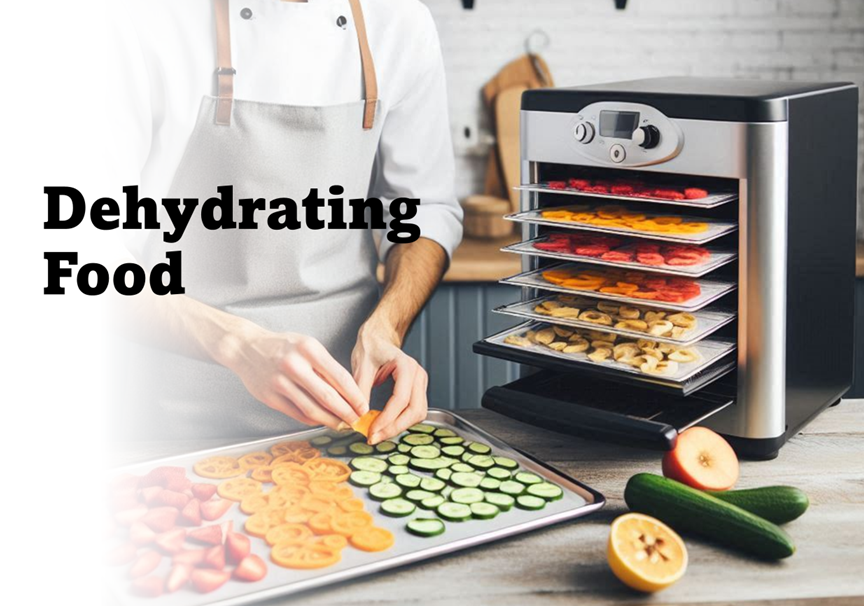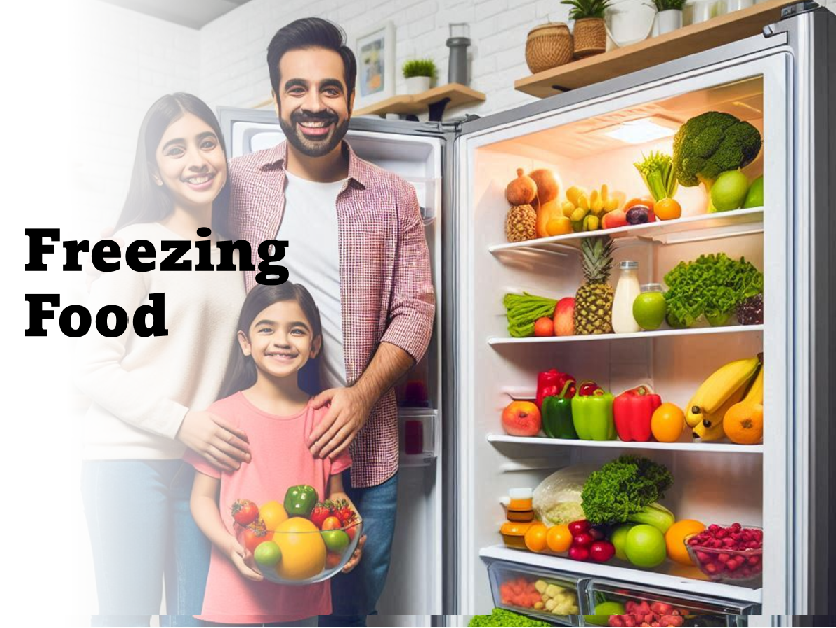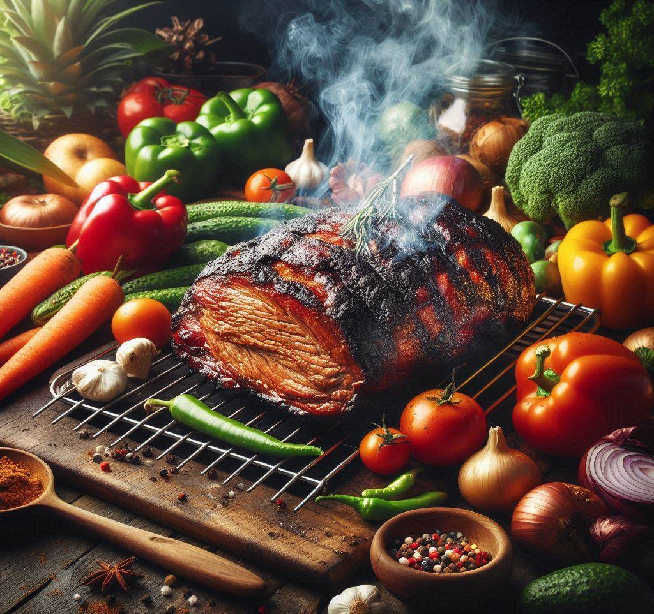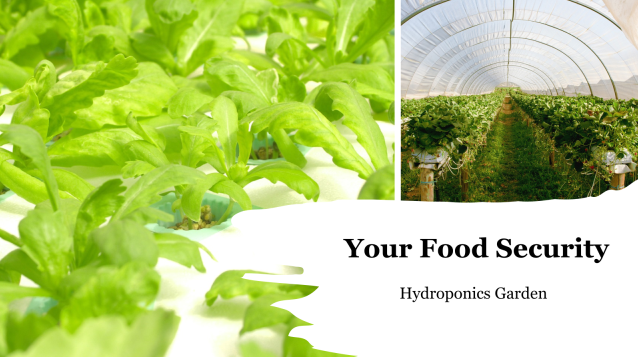Methods for food preservation can ensure your family’s food security during emergencies.
Because, food security becomes a top priority in an emergency.
Food preservation is key to preparing for natural disasters.
Also, long-term power outages, or simply building a sustainable lifestyle.
Preserved food ensures access to essential nutrients when fresh supplies are unavailable.
In this article, we’ll explore the best methods for food preservation.
Which can help you maintain a stable food supply.
As well as increase your self-reliance and keep your family well-fed in times of crisis.
Why These Methods for Food Preservation is Critical for Emergencies
Emergencies are often unpredictable.
And food supply chains can be disrupted due to various factors such as extreme weather, power failures, or transportation delays.
In these situations, having a stockpile of preserved food can provide:
- Peace of mind: Knowing that you have enough food stored can ease anxiety during an emergency.
- Nutritional stability: Preserved foods can help maintain a balanced diet, even when fresh produce or meat isn’t available.
- Convenience: Many preserved foods are ready to eat or require minimal preparation, making them ideal for crises when resources like electricity or fuel may be limited.
- Long shelf life: Properly preserved food can last months or even years, offering long-term security in uncertain times.
Methods for Food Preservation
Let’s dive into the most effective and popular methods of food preservation for emergencies.
Highlighting how each technique can be incorporated into your emergency preparedness plan.
1. Canning
Canning is one of the most reliable methods of food preservation for long-term storage.
In the first place, sealing food in airtight containers. And subjecting it to high temperatures.
As a result, harmful bacteria and microorganisms are destroyed. Allowing the food to remain safe and edible for years.
Types of Canning:
- Water Bath Canning: Ideal for high-acid foods like fruits, tomatoes, jams, and pickles. It involves boiling jars of food in a large pot of water to create a vacuum seal.
- Pressure Canning: Best for low-acid foods such as vegetables, meats, and soups. It requires a pressure canner to reach higher temperatures to kill bacteria.
Benefits:
- Long shelf life: Canned foods can last for 1 to 5 years or more if stored properly.
- Variety: Almost any food can be canned, including meats, vegetables, fruits, and even complete meals.
- Nutritional value: Canning retains most of the food’s nutritional content.
Tips for Success:
- Always follow safe canning guidelines to avoid the risk of botulism or spoilage.
- Store canned foods in a cool, dark place to extend their shelf life.
- Rotate your stock regularly to ensure you use older cans first.
Dehydration Methods for Food Preservation
Dehydrating foods are ancient methods for food preservation that removes moisture, which is necessary for the growth of bacteria, mold, and yeast. Dried foods are lightweight, compact, and can last for a long time when stored correctly.
Types of Dehydration:
- Air Drying: Hang or spread food in a dry, airy place to dehydrate naturally.
- Sun Drying: Uses the sun’s heat to evaporate moisture. Works best in hot, dry climates.
- Oven Drying: A low-heat oven can be used to dry food like fruits, vegetables, and herbs.
- Electric Dehydrator: A specialized appliance that efficiently removes moisture from food.
Benefits:
- Space-saving: Dehydrated foods take up less storage space compared to fresh or canned foods.
- Nutrient retention: Properly dehydrated food retains a significant portion of its nutrients.
- Portability: Dried foods are ideal for lightweight emergency kits or bug-out bags.
Tips for Success:
- Store dehydrated food in airtight containers, preferably with an oxygen absorber, to keep it fresh.
- Keep the food in a cool, dry place to maximize its shelf life.
- Regularly inspect dried foods for any signs of moisture or spoilage.
Freezing: Simplest Methods for Food Preservation
Freezing food halts the growth of bacteria and keeps food fresh for months or even years. It’s one of the simplest and most effective methods of food preservation, especially for meats, vegetables, and fruits.
Benefits:
- Convenient: Frozen food requires little preparation and can be used directly from the freezer.
- Versatile: Almost all types of food can be frozen, including cooked meals, fruits, vegetables, and dairy.
- Nutrient retention: Freezing preserves the nutritional content of food better than most other methods.
Tips for Success:
- Use freezer-safe containers or bags to prevent freezer burn and extend shelf life.
- Label your frozen items with the date to make sure you use older food first.
- In the event of a power outage, keep the freezer closed to maintain the temperature and preserve your food for as long as possible.
Fermentation: Methods for Food Preservation
Fermentation is a natural preservation process that involves converting sugars in food into alcohol or acid through the action of beneficial bacteria. This method has been used for centuries to preserve a wide variety of foods, including vegetables, dairy, and grains.
Benefits:
- Probiotics: Fermented foods like sauerkraut, kimchi, and yogurt contain beneficial bacteria that support gut health.
- Enhanced flavor: Fermentation adds a tangy, rich flavor to foods.
- Nutrient preservation: Fermented foods retain their vitamins and minerals while becoming easier to digest.
Tips for Success:
- Ferment in a clean, controlled environment to avoid contamination.
- Store fermented foods in cool places like cellars or refrigerators to extend their shelf life.
- Regularly check for signs of spoilage or mold.
Freeze-Drying: Methods For Food Preservation
Freeze-drying is an advanced preservation method that removes moisture from food while retaining its texture, flavor, and nutritional value. This method is particularly useful for preserving fruits, vegetables, and complete meals.
Benefits:
- Extremely long shelf life: Freeze-dried foods can last up to 25 years when stored properly.
- Lightweight: Freeze-dried foods are great for emergency kits, as they’re lightweight and easy to carry.
- Preserves taste and texture: Unlike other drying methods, freeze-drying maintains the food’s original texture and flavor when rehydrated.
Tips for Success:
- Freeze-dried foods should be stored in airtight containers with oxygen absorbers.
- Store in a cool, dry environment to maximize shelf life.
- Purchase or invest in a home freeze-dryer for long-term preparedness.
Smoking: Methods for Food Preservation
Smoking is a traditional method of food preservation that involves exposing food to smoke from burning wood, which dehydrates the food and adds a rich, smoky flavor. It’s commonly used for meats and fish.
Benefits:
- Enhanced flavor: Smoking imparts a unique, delicious flavor to meats.
- Preserves protein: This method is ideal for preserving high-protein survival foods like fish and meats.
- Long shelf life: Smoked meats can last for months if stored in the right conditions.
Tips for Success:
- Ensure the food is fully dried or smoked to prevent spoilage.
- Store smoked food in a cool, dark place, and vacuum-seal it if possible.
- Keep smoked meats refrigerated or frozen for long-term storage.
Vacuum Sealing: Methods for Food Preservation
Vacuum sealing removes air from packaging to extend the shelf life of stored food. By preventing exposure to oxygen, it helps keep foods fresher for longer and can be used alongside other preservation methods like freezing, canning, or drying.
Benefits:
- Prevents spoilage: Vacuum-sealed food stays fresh longer by limiting exposure to air and moisture.
- Space-efficient: Vacuum-sealed bags take up less room in storage.
- Versatile: Can be used to store both dry goods (like grains and pasta) and perishables (like meats and vegetables).
Tips for Success:
- Store vacuum-sealed items in cool, dry conditions to prolong freshness.
- Pair vacuum sealing with other preservation methods, such as freezing or drying, for the best results.
- Label and rotate your stock to ensure nothing goes bad before you use it.
Conclusion: Preparing for Food Security in Emergencies
By mastering the best methods for food preservation, you can ensure your family’s food security during emergencies, whether it’s a short-term power outage or a long-term disaster.
Combining techniques like canning, dehydration, freezing, and vacuum sealingwill help you build a diverse and reliable food supply that’s ready for any situation.
Remember, food preservation not only helps in emergencies—it’s also a smart way to reduce waste, save money, and live more sustainably.
Now is the time to start preserving your food and securing your family’s future in uncertain times.












